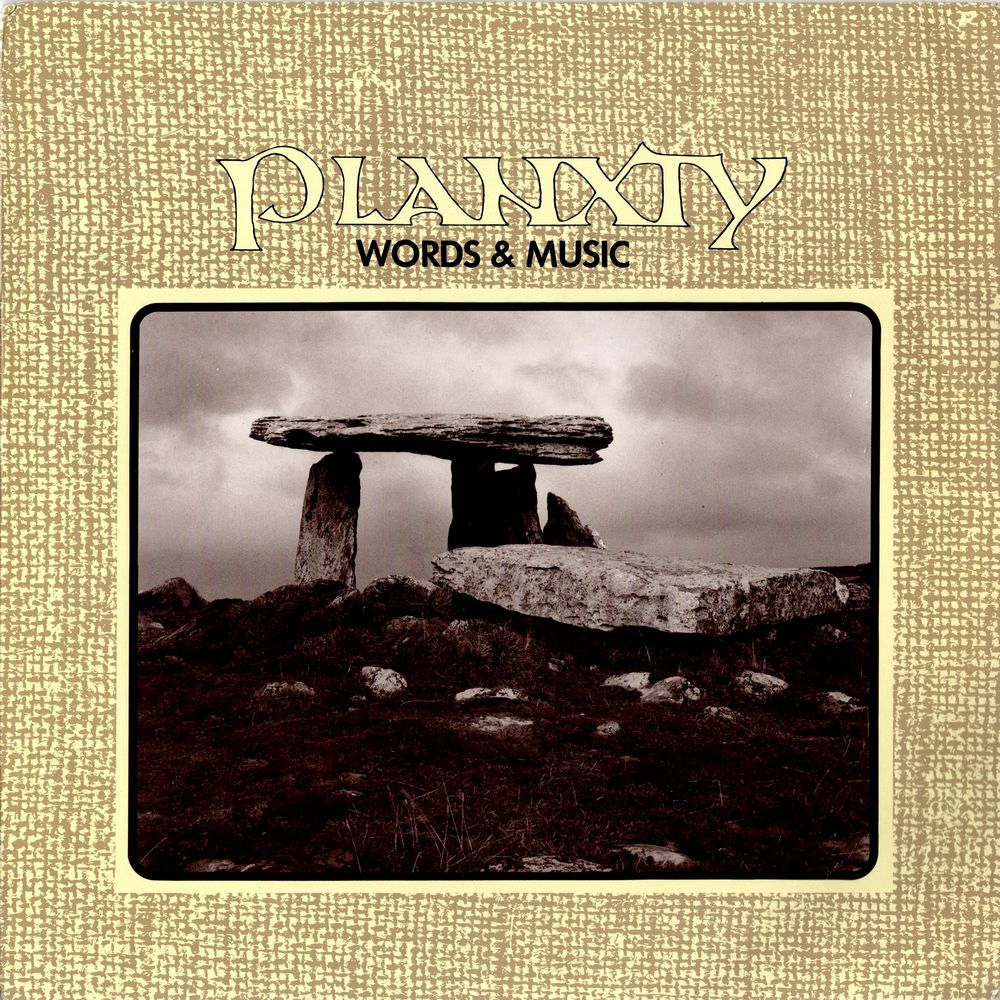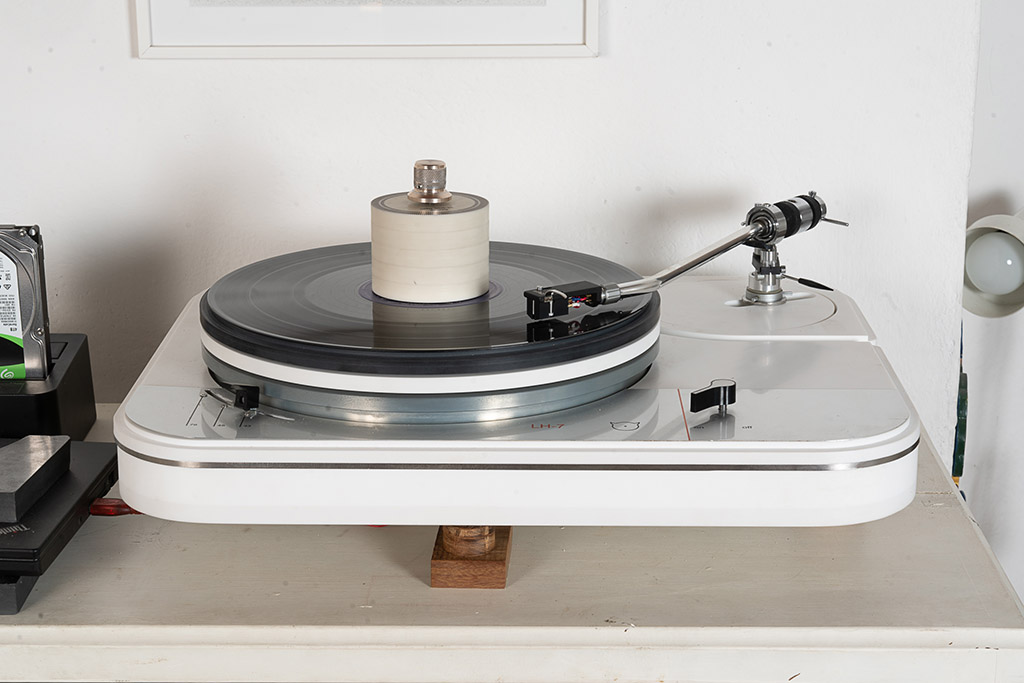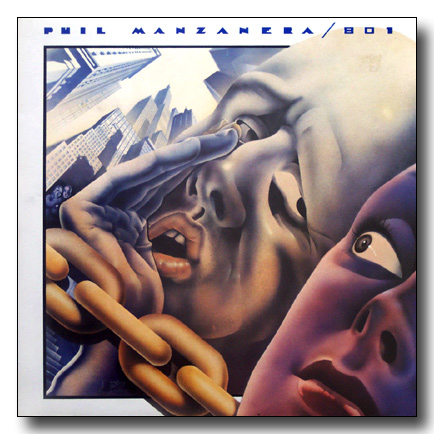
The violin owns a very peculiar character and feature - i.e. it and its acoustic creates lower pitched "ghosts note" after the fundamental and its harmonics.
Hear this through your music system and you're at the peak...
I'm primitive, at best, in explaining physics and acoustics, so will link here, a great site full of truth and knowledge.
The reason of writing about this apparently well digested topic?
Easy said: it's paramount for our understanding of audio and its secrets and music, to relate it to the physics of musical instruments.
Jean Hiraga, always deep and supportive in sharing with the world his thoughts, recently - after, and too briefly, hinting this from a chapter in his old, seminal "Les Hautparleurs" book, where he explained that the sound from an horn and a driver is not created nor at the diaphragm, neither at the horn mouth - wrote an illuminating essay concerning horns (pavillons) and physics of woodwinds.
He quotes and remembers the pioneers like Wente and Thuras in the '30s (USA), Shigemi Takajo and Masatoshi Tamaru (Japan) and Webster (USA) in the '60s and, most of all for the implications and better explaining the process of sound creating and spreading in the ambient, the searches and essays by Arthur H. Benade.
Published between 1959/60, "The physics of woodwinds" and 1973, "The physics of brass instruments", Benade's studies brought him to consider the influence of acoustic impedance of reeds (in clarinet, oboe, sax), lips vibrations working as reeds (trumpet, flugelhorn, trombone) and - the most important - finding that - i.e. in trumpet - the sound does not "exit" from the instrument mouth (an horn, by chance...), but it's produced by an interaction, a collision between lips/reed-produced sound, standing waves inside the horn and back waves, created at the horn mouth.
Interpherometric laser shows this clearly in acoustics laboratories, like at University of Maine (Le Mans - France) and CNRS, always in France, where scientists like Jean Kergomard and Joel Gilbert found that in horns speakers, like in above mentioned instruments (brass instruments) the vibrating walls of horn (or trumpet) itself, also measurably 40 db below acoustic level, the vibrating character proper of materials used for horn (or trumpet) gives a clearly audible character and a sonic footprint, with awesome effects to air columns and... yes, sound.
The above, applied to "our" area of interests - audio and horns - explains "why" horns, drivers and phase plugs materials - massive and made of self-taming (or owning a music-friendly resonance frequency) - like bronze and brass, give better results, audibly better, I mean, over cheap, lesser plastic or aluminium parts.
Thus the use of vibes taming compounds on aluminium horns (Altec. JBL, Vitavox, Goto, ALE) and the use of concrete horns as used by die-hard music lovers.
A lesson: physics is physics, acoustics is acoustics, reality is reality... magazines reviews and hypes (i.e. - 20hz flat from a shoes-box sized speaker) are...
... as usual, you got it, folks;-)
... and you cannot be wrong at listening to an acoustic instrument played live, in front of you: like one hour spent with a Master teaches more than dozens books.
Deepest thanks goes to Jean Hiraga, to R. and K. and to Luca Chiomenti and Loris Crivellaro.












.jpg)

















.jpg)







































No comments:
Post a Comment